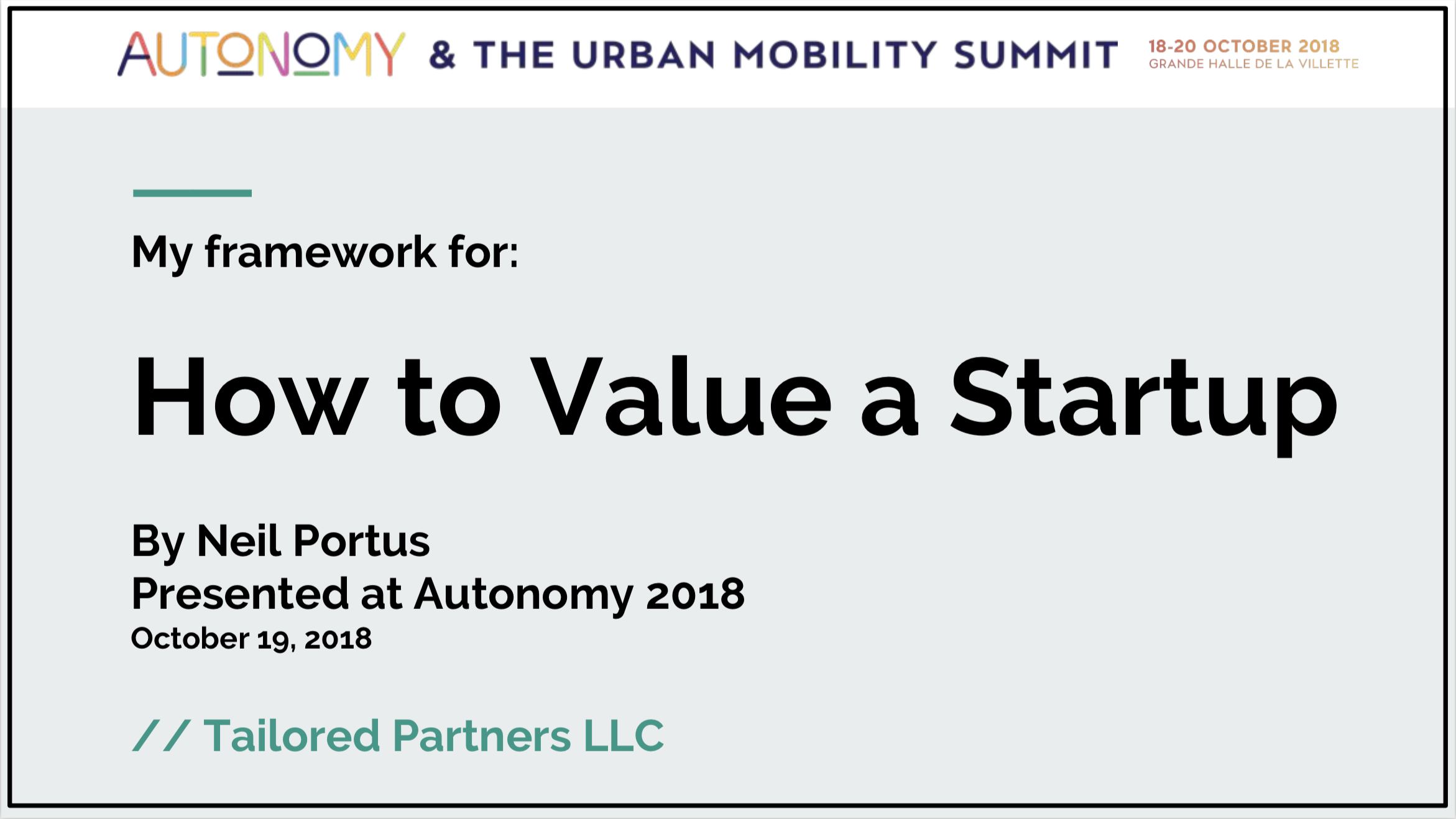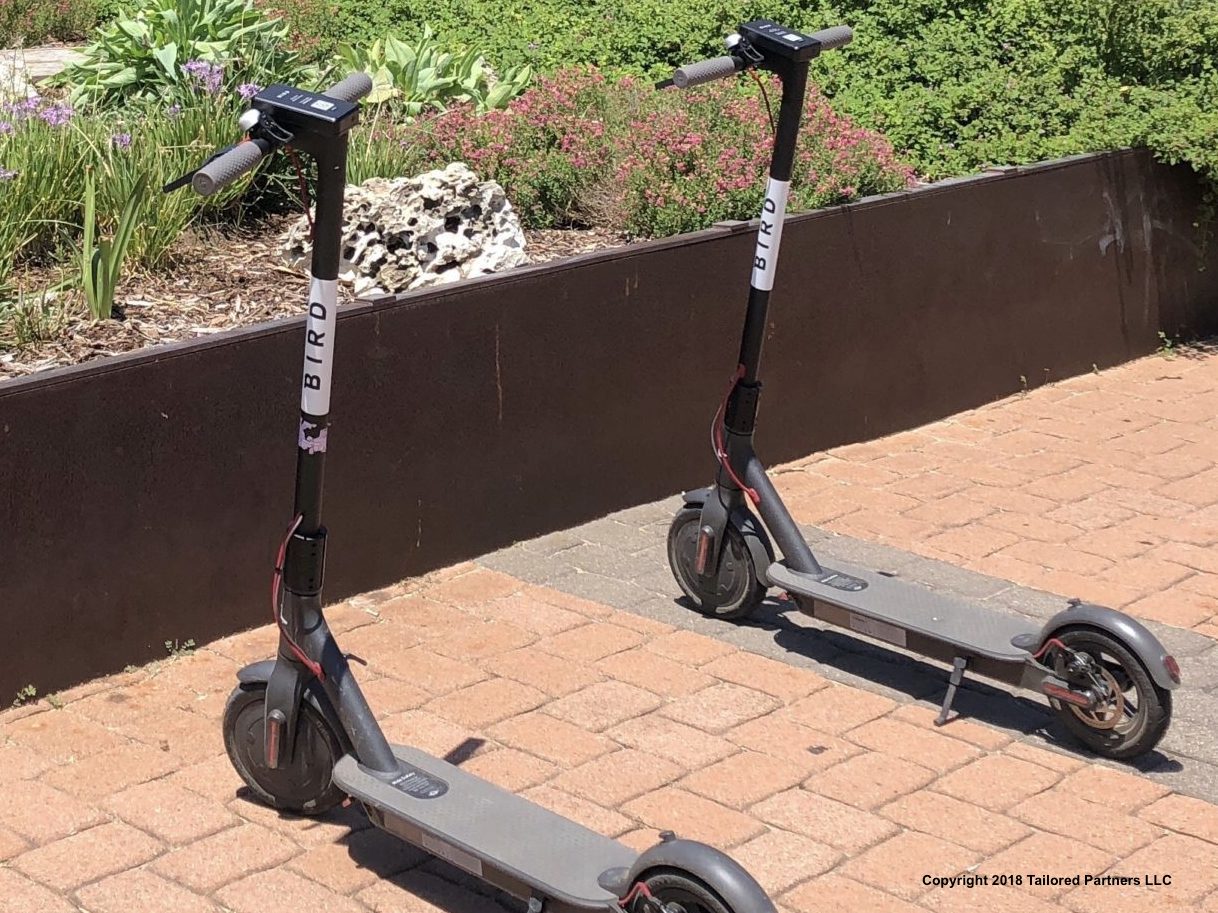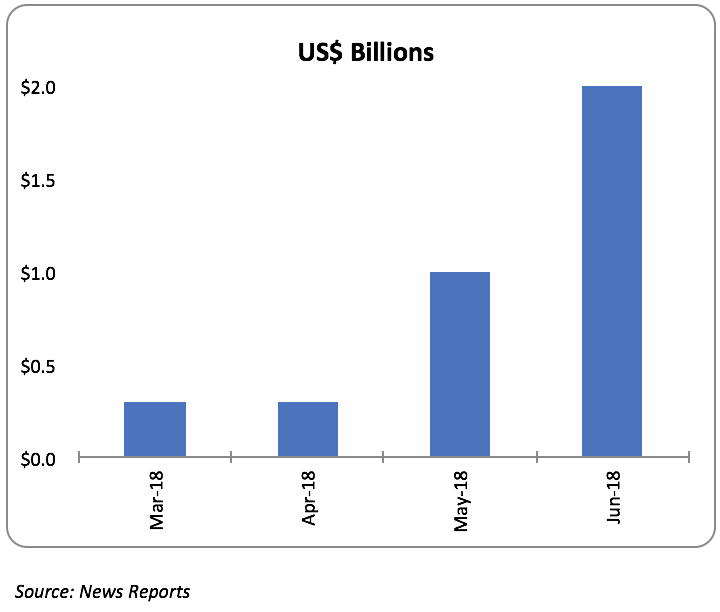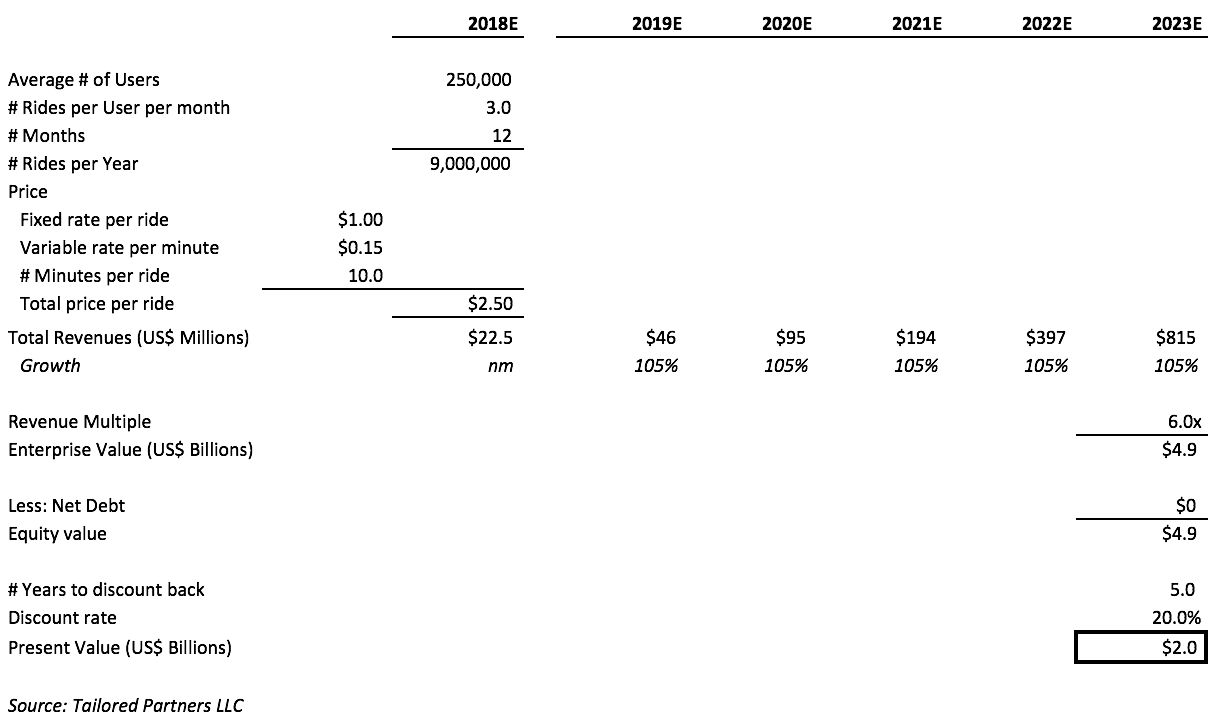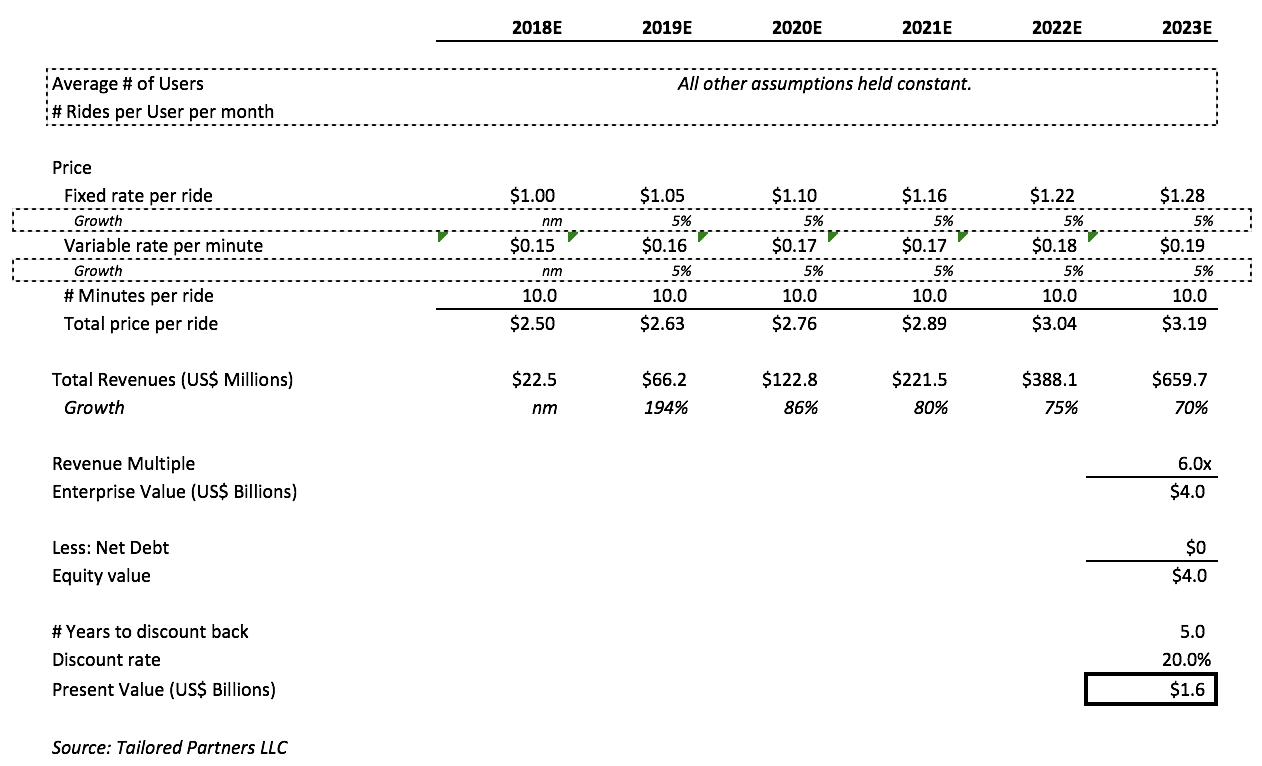
* This article was also featured on 8W8.com – Global Business Builders.
Sales teams are the engine for growth for countless SaaS companies. Even if a SaaS company builds a great product, if they can’t sell it (profitably), they may not survive. Therefore, building a strong, enduring, and profitable sales team can be one of the most critical initiatives for any SaaS company.
Connecting the Dots from Sales to the CFO’s Financial Model
CFO’s lead their company’s financial budgeting, planning & analysis, financial reporting and risk management. Often, they are responsible for the communication of financial results to investors and the Board – and how those results compare to the company’s financial plan and long-term goal of building shareholder value.
One of the main tools for many CFO’s is a financial model. It’s the tool they use to budget for the current year and forecast growth for future years. Here, I want to share my perspective on connecting the dots from a CFO’s financial model to the sales organization’s playbook through its delivery on four key factors: High Returns, Strategic Wins, Pipeline Accuracy and High Retention.
High Returns
Perhaps the most tangible solid line connecting sales to the CFO’s model is the return or margin generated by the sales team. Put another way, what does it cost the company – through investment in the sales team’s (Head of Sales, Sales Reps, SDRs, Sales Engineers) compensation, hardware, software, travel, meals, etc. – to generate those revenues?
Collectively, what level of functional “profit” does the entire sales team generate (total revenues minus total costs)? Does the profit level warrant the investment in the sales team? Or worse, do the revenues even cover the total cost of operating the sales team?
Individually, what does each sales rep generate in sales compared to their total compensation (base plus bonus)? The CFO will have an expectation for a return on sales reps. The expected return will depend on the company’s product and sales cycle but it will be a multiple that the company is comfortable with to support its growth plan. Additionally, depending again on the company’s product and sales cycle, key questions to navigate will be determining the sales rep compensation structure that makes the most sense for the company: a higher base salary with lower commission payout or a lower base salary with higher commission potential?
Numbers-wise, the higher the return on the sales team (collectively and individually) the better. When the sales team makes their numbers, this confirms the plan in the financial model and demonstrates results that earn growth in the team and headcount to push to the next level.
Strategic Wins
A second, solid line connecting sales to the CFO’s model is the quality of customers won.
Is the sales team adding customers that are strategic and growing faster than the market? These customers have a multiplier effect – after winning their business initially and maintaining the relationship well, their orders grow as they grow which lifts margins. This is the compounding effect most CFO’s of high growth scale-ups will be showing in their financial plan and model.
Alternatively, are sales reps adding customers that aren’t growing or even dogs (to use the BCG-matrix terminology)? The CFO is looking ahead for the long run for strategic customers that will grow faster than the market but a sales rep may be looking for the next quarter’s commission check.
Working with the sales organization to develop a client scorecard to identify what matters in a potential client is important. Further, building in an incentive structure that rewards sales reps for strategic wins is vital – are there added incentives for winning new clients that tick all the boxes on the scorecard?
One important KPI in a CFO’s model might be the number of strategic clients won. Meeting or exceeding that goal will increase the confidence to grow investment in the sales team.
Pipeline Accuracy
A third, solid line connecting sales to the CFO’s model is pipeline accuracy.
CFO’s and sales leaders both benefit when they have a strong partnership. For the CFO, one area where this is most beneficial is in pipeline accuracy since a lot of games can be played regarding the sales pipeline (one person might push sales quotas in an attempt to drive growth while another might suppress quotas to make them more beatable). So, here are several key ways that sales leaders can support their CFO to produce an accurate sales pipeline which helps the CFO generate reliable financial forecasts.
- Develop jointly a pricing structure that allows the sales team to define pipeline values accurately and have clear pricing units as well as contractually committed revenues.
- Have a transparent sales closing process in place that yields accurate closing dates and allows the CFO’s finance department to be engaged and aware of deal dynamics.
- Have a reporting infrastructure in place including CRM software, collaboration & communication tools and regular sync meetings so everyone is on the same page.
Ultimately, there needs to be a hard currency between the CFO and sales leaders that yields reliable pipeline metrics (contract sizes, closing dates, concessions allowed to be made to win a sale, etc) which the CFO can use to produce reliable financial forecasts.
High Retention
A fourth, solid line connecting sales to the CFO’s model is the sales team’s turnover.
High retention is profitable and positive for the company and morale in almost every aspect.
Conversely, high turnover is costly. Whether a sales rep quits or is let go, there will be a tangible loss of revenue generation for some period as well as a tangible cost to hire and onboard a replacement. There may also be an intangible cost to morale for the sales team.
Letting a sales rep go for not making a goal raises questions. Was it the sales reps fault? Or his/her manager’s fault (i.e., why can’t the manager help lift the sales rep to make his/her numbers)? Or was it the product’s fault?
One of the financial consequences of letting someone go who didn’t make their numbers is there is often not someone ready to step in and take their place. At least before, the previous rep was contributing, say 75%, to their sales goal. Now, that contribution drops to zero with no one in the seat. Therefore, sales leaders should be able to demonstrate that they have a bench of additional sellers for accelerated growth or replacement when necessary to not lose momentum.
The Ideal Playbook
These four factors help drive the ideal sales playbook from a CFO’s perspective. A sales organization with sales reps who are closing deals at the targeted multiple of what they’re paid, winning strategic customers that will grow faster than the market, committed to a sales process that produces an accurate pipeline, and having high retention which keeps costs low and morale high.
Copyright 2020 Neil Portus | Please see our disclaimers.

